The style of this super beautiful teacup is Ming, using the underglaze blue technique, and entirely handcrafted and hand painted.
This cup is adorned with intricate blue and white patterns of interwoven branches and miscellaneous treasures (Za Bao in Chinese) on the outer wall, with a lotus petal pattern encircling the base. The interior of the cup is fully covered in blue and white patterns of Baoxiang flowers and Ruyi motifs, creating an overall design that is rich and detailed, with smooth and flowing lines. The blue and white colours are deep and elegant, with a white glaze featuring subtle flashes of blue. The glaze surface is glossy, and the texture is smooth. The cup has a lightweight and elegant shape, achieving a harmonious balance between practicality and aesthetics. At the bottom, there is a chicken-heart-shaped protrusion, hence the name ‘chicken-heart teacup’.
In ancient China, the intertwined branch pattern represented the concept of endless growth and lasting wealth and prosperity, symbolizing longevity, and prosperity. And the miscellaneous treasures (Za Bao in Chinese) pattern symbolizes various decorative motifs that bring good luck and auspiciousness. Due to the absence of a fixed number and combination of elements, it is commonly known as the “miscellaneous treasures” pattern. The miscellaneous treasures pattern encompasses the common aspirations of society for power, wealth, love, happiness, longevity, and pleasure, making it a popular and cherished design in folk art.
The Baoxiang flowers inside the cup symbolize good luck, harmony, happiness, and prosperity. The Ruyi motif’s auspiciousness, combining profound meaning with graceful form, represents the auspicious, favourable implications.
In addition, the beautiful tin spots on the porcelain add even more unique charm to it. The formation of tin spots is due to the high content of iron elements in local parts of the blue pigment. After reaching saturation in the high-temperature glaze solution and cooling down, the iron elements in the supersaturated part start to precipitate. If the iron content of the blue pigment is higher and the cooling rate is appropriate, tin spots are more likely to appear on the surface of the ware.
In addition to firing and materials, the formation of tin spots also involves the factor of glaze material. During the painting process, tin spots can also be formed due to the accumulation of blue pigment. Tin spots are more likely to appear on the surface of the ware at the intersections and the starting and ending points of brushstrokes. The formation of tin spots can be said to be a natural creation or an artificial decoration. This tin glazes not only add a rustic texture to the teacup but also imbue it with a unique sense of history.
The body of this teacup is smooth and well-lubricated, while the underglaze blue patterns are vivid and lifelike. The faint tin specks add a touch of charm from a bygone era, evoking a sense of nostalgia and natural beauty, making it exquisitely graceful. Each stroke of the underglaze blue decoration is delicate and captivating, bringing the design to life. The intricate and refined patterns showcase the artist’s profound artistic skills.





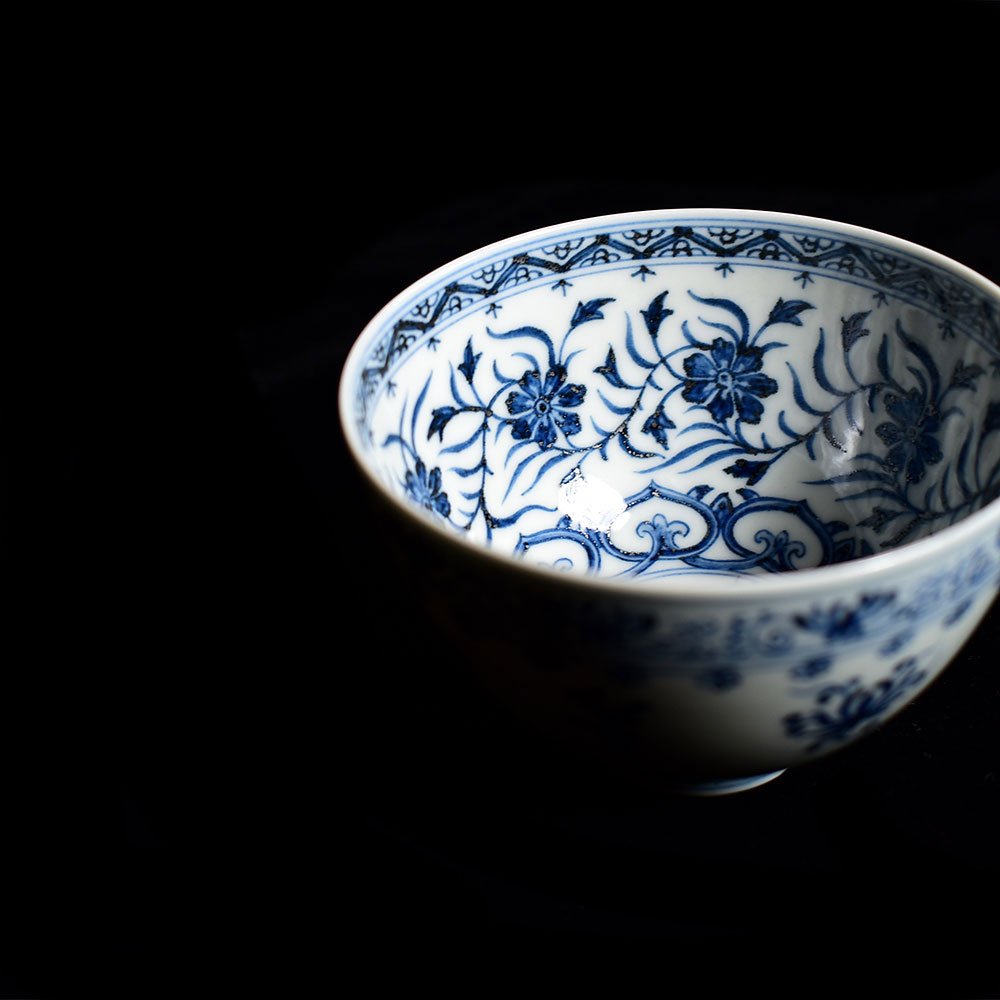
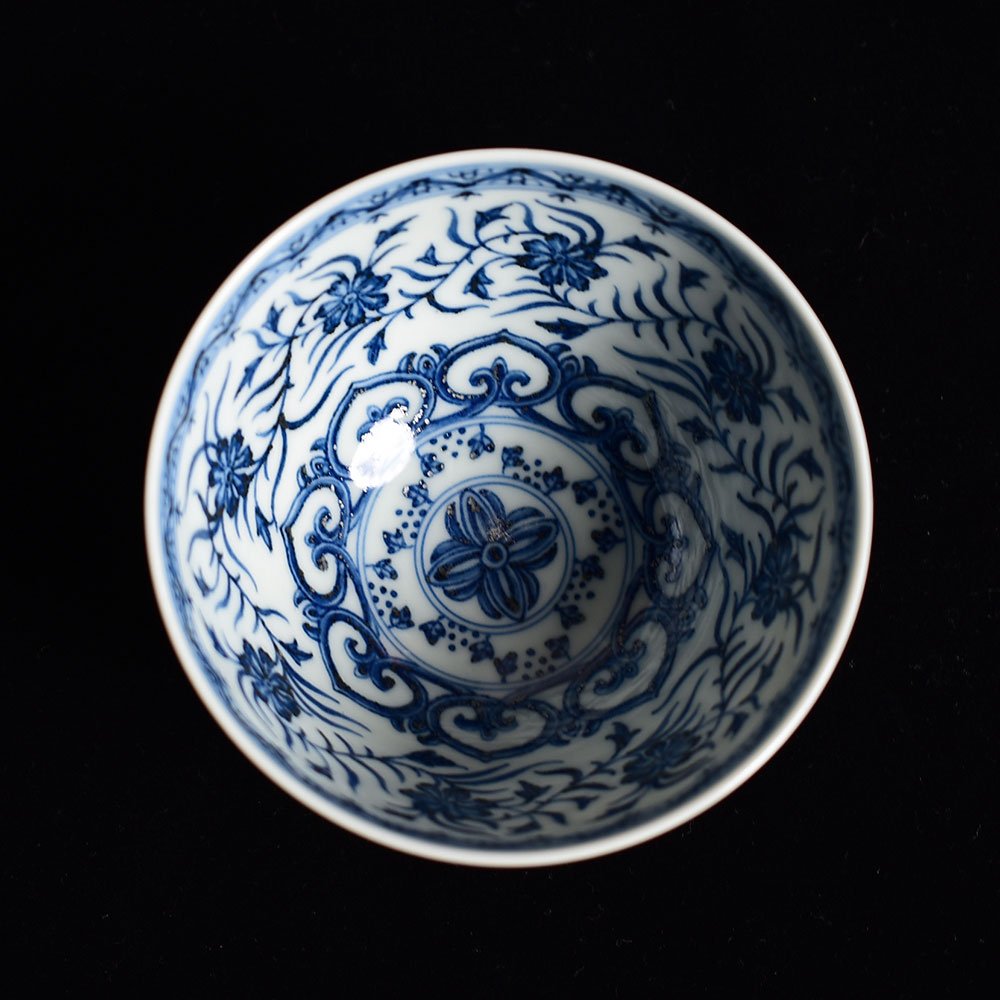
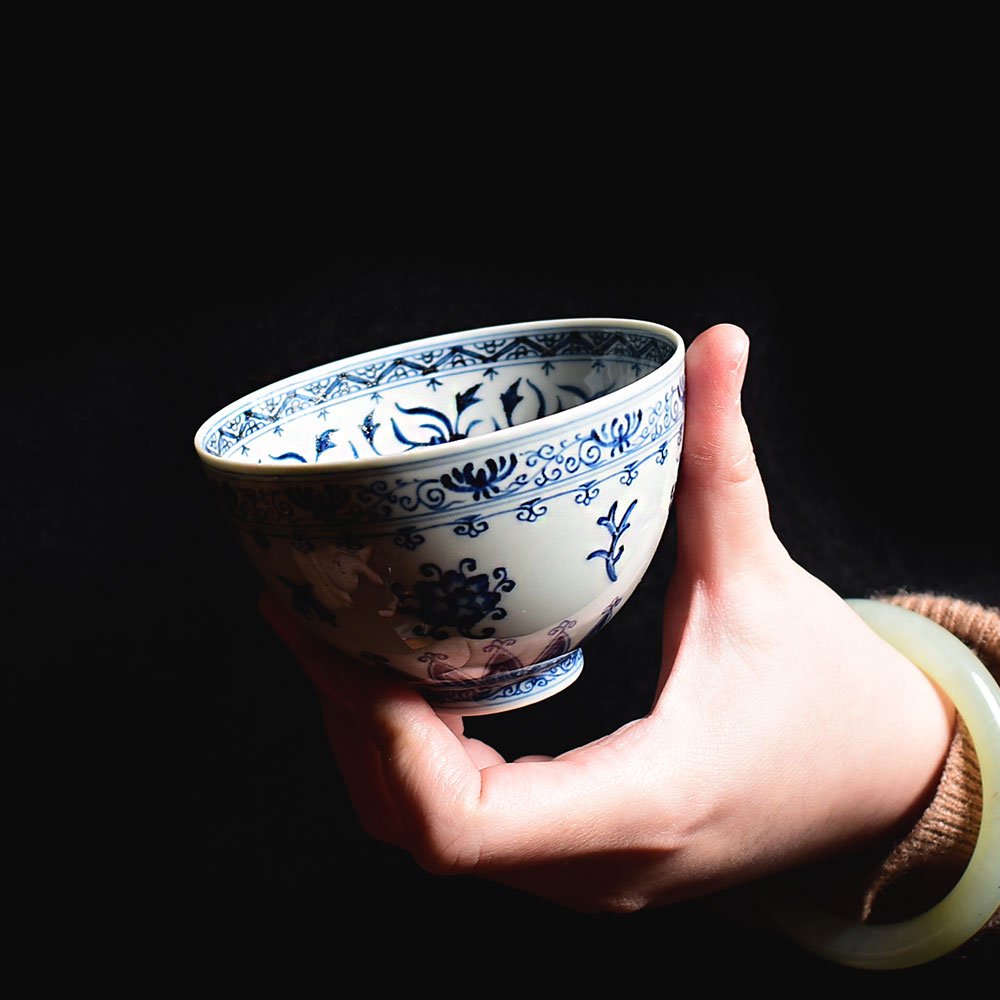
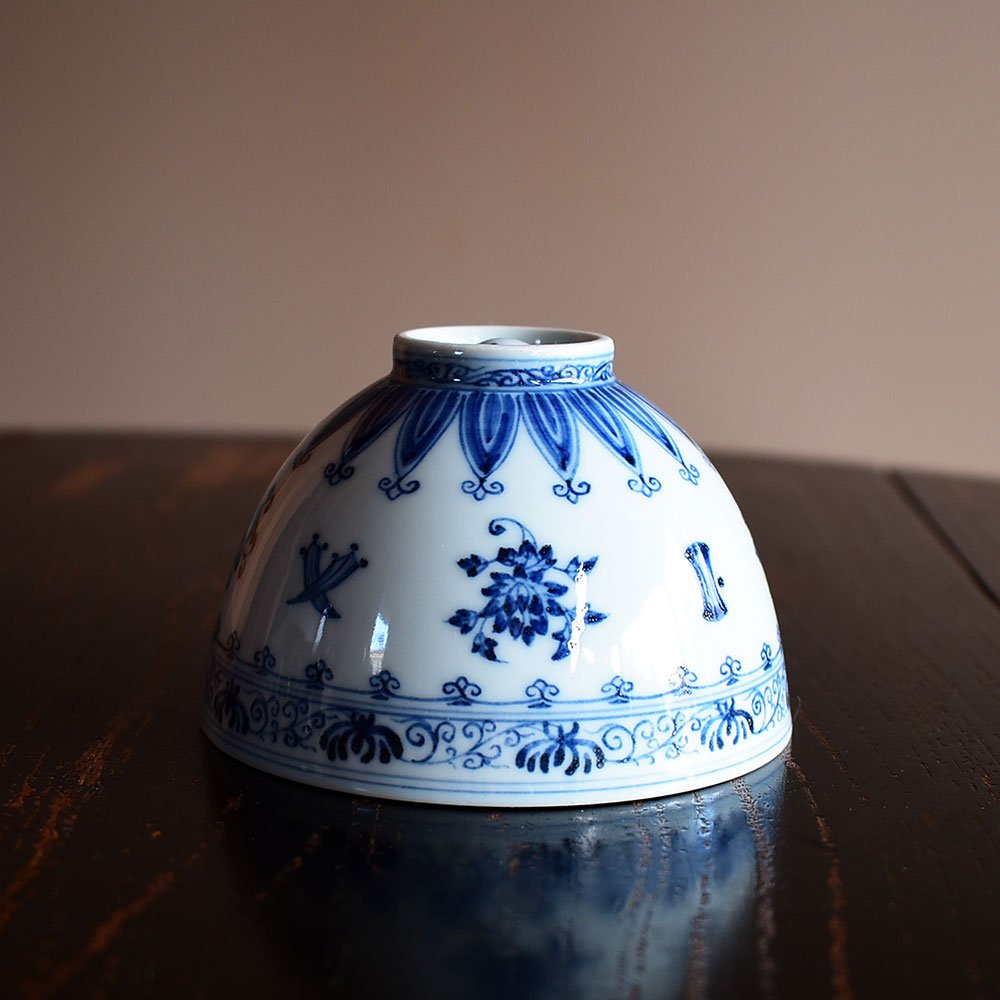


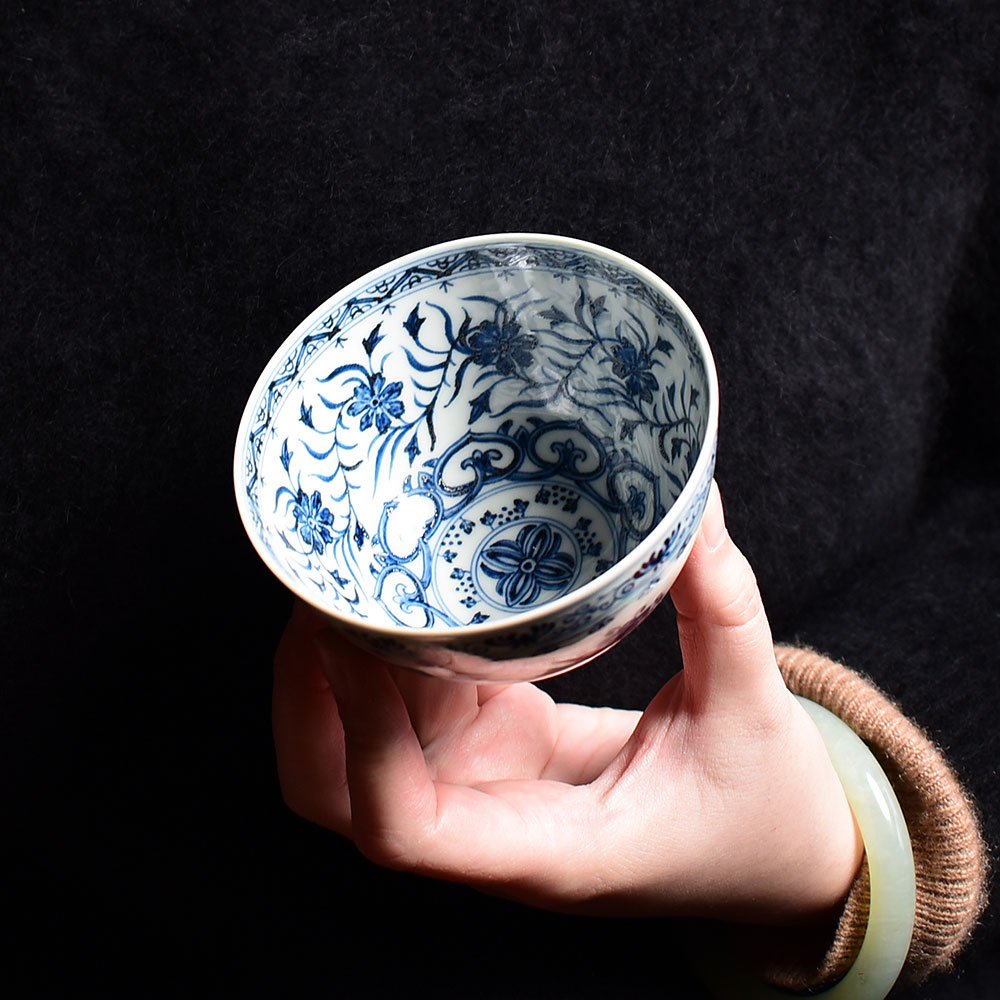
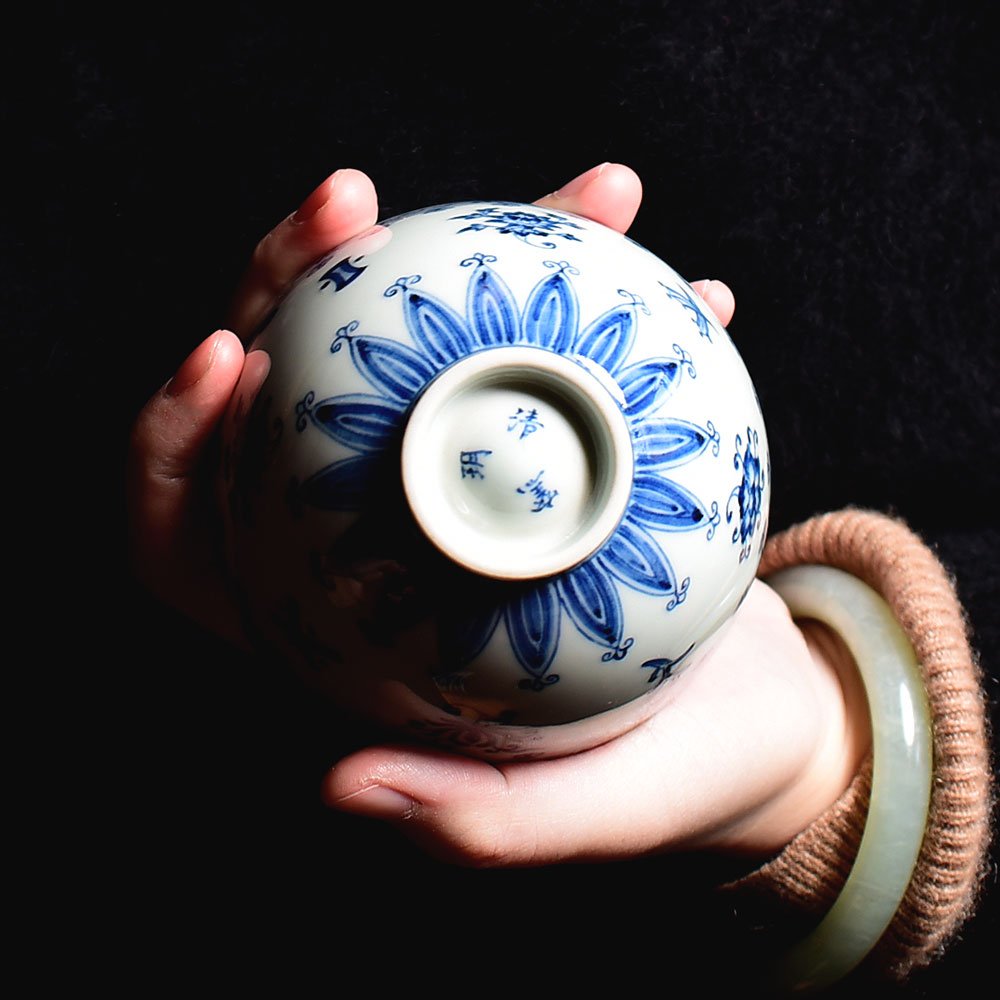
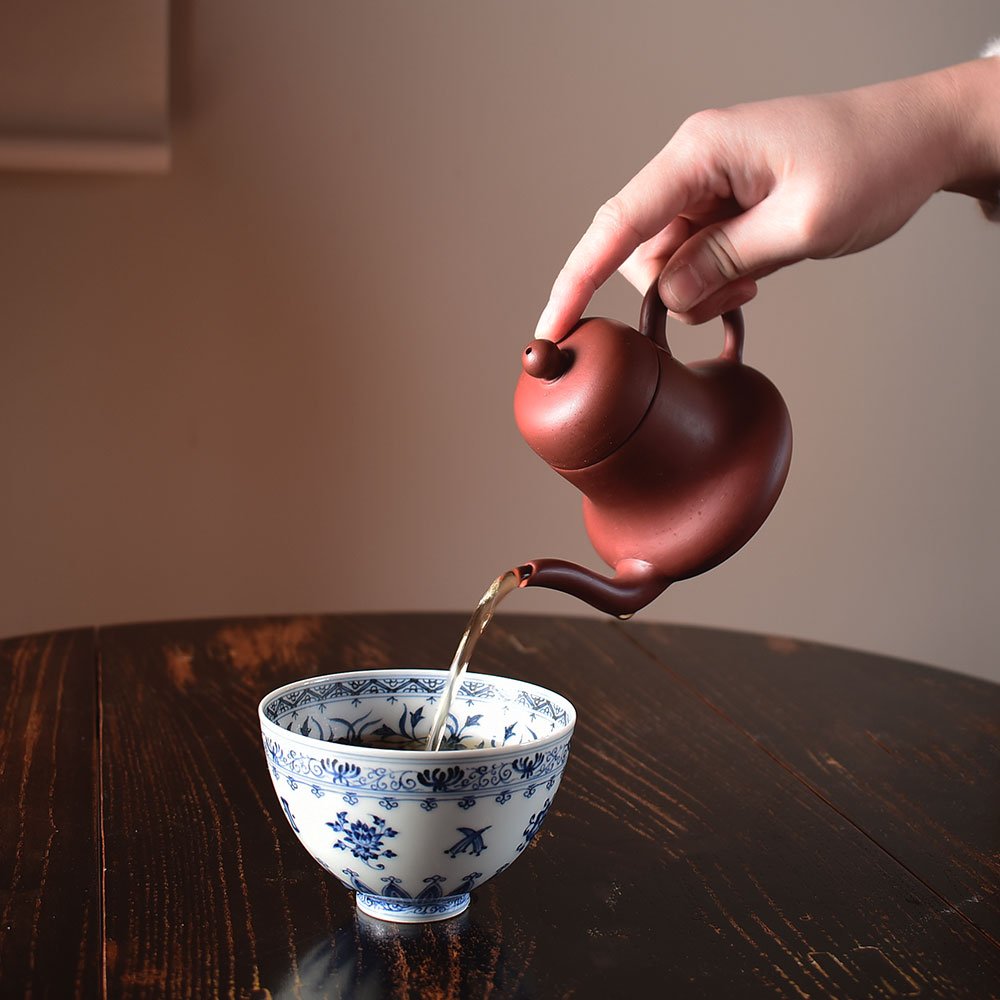
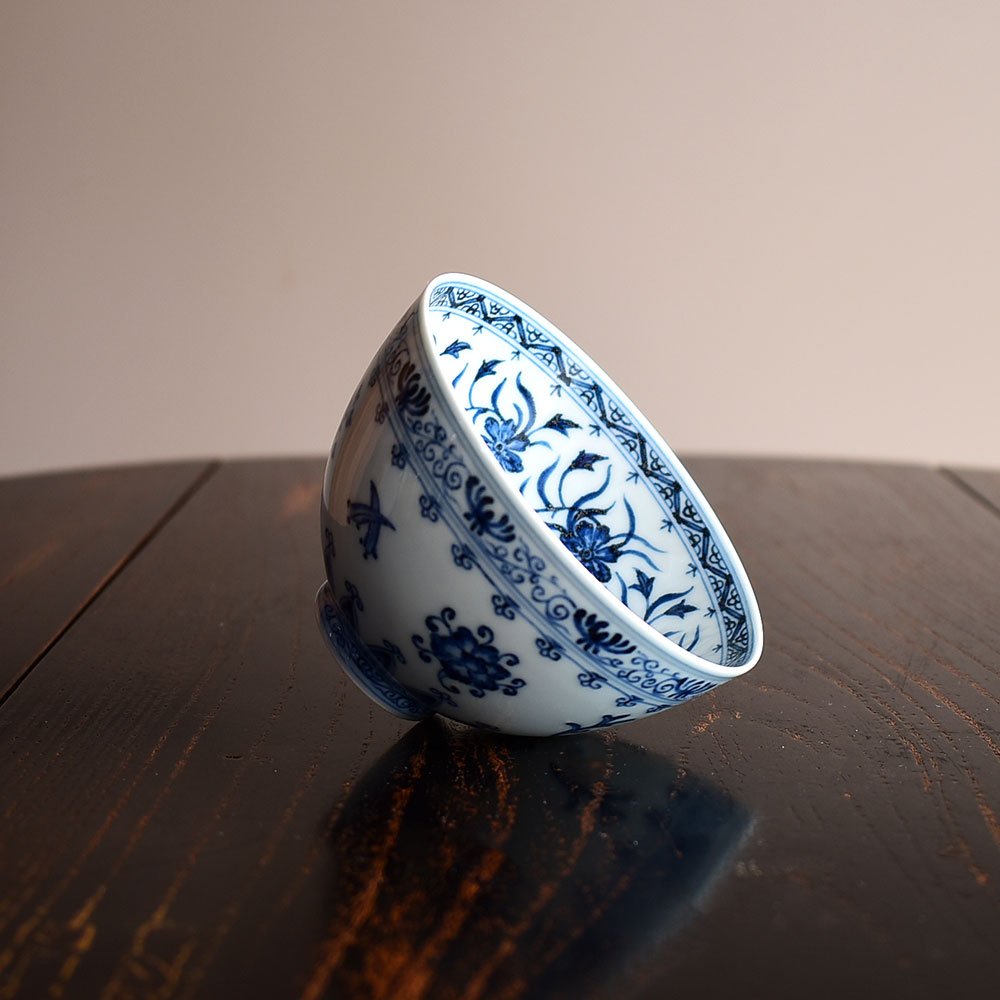
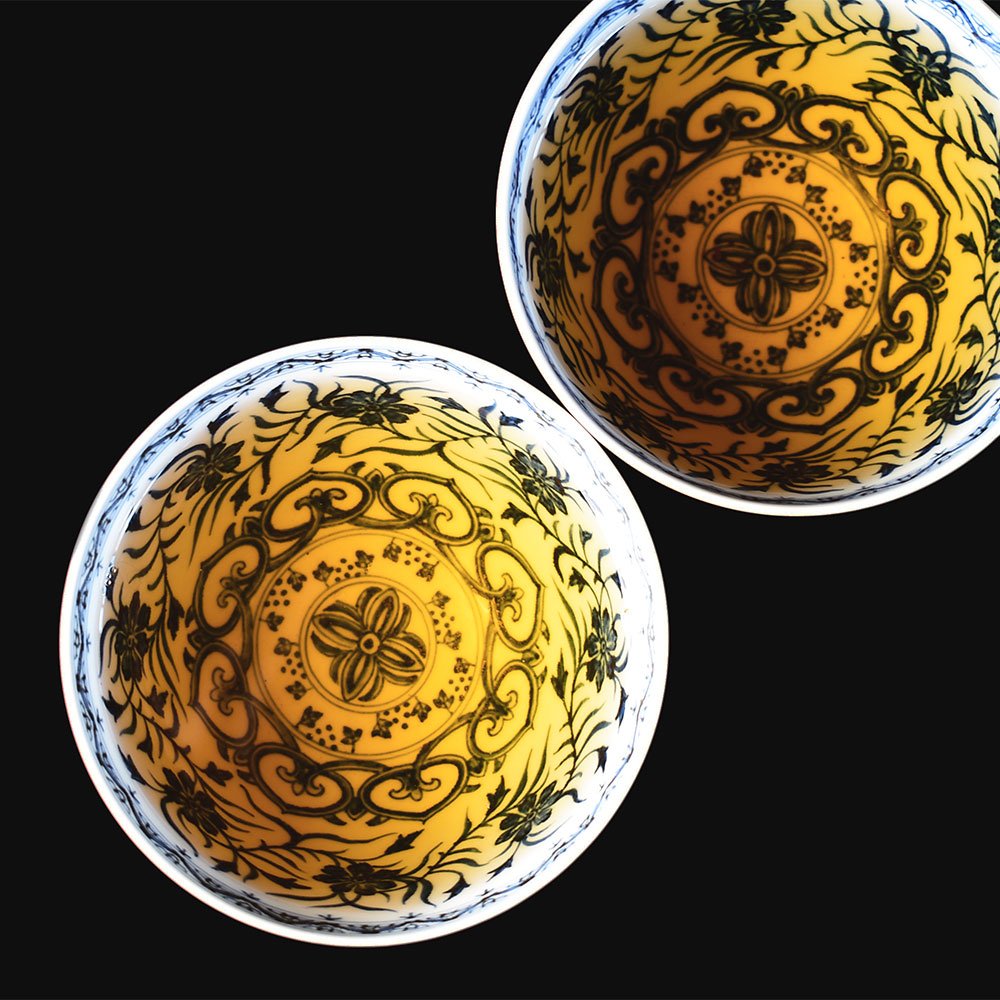


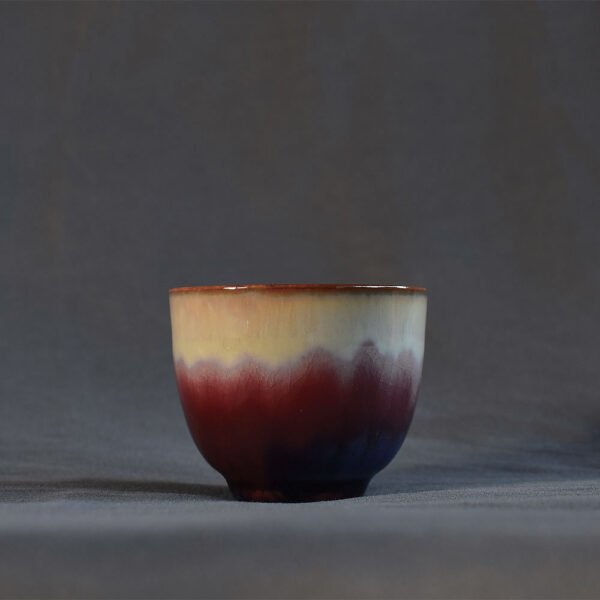
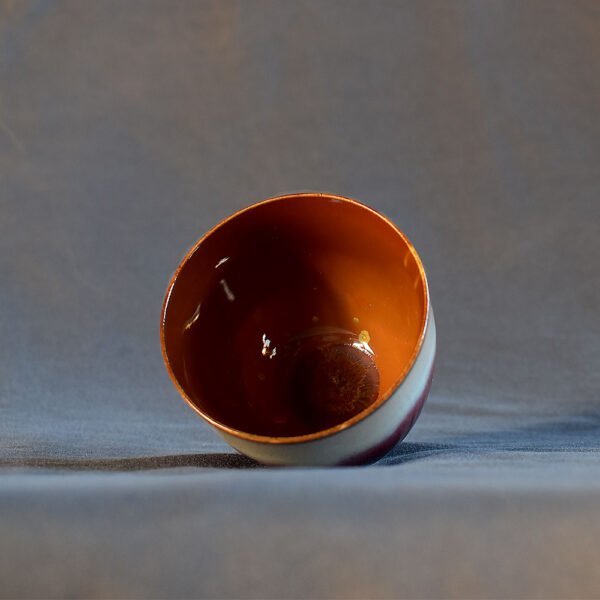
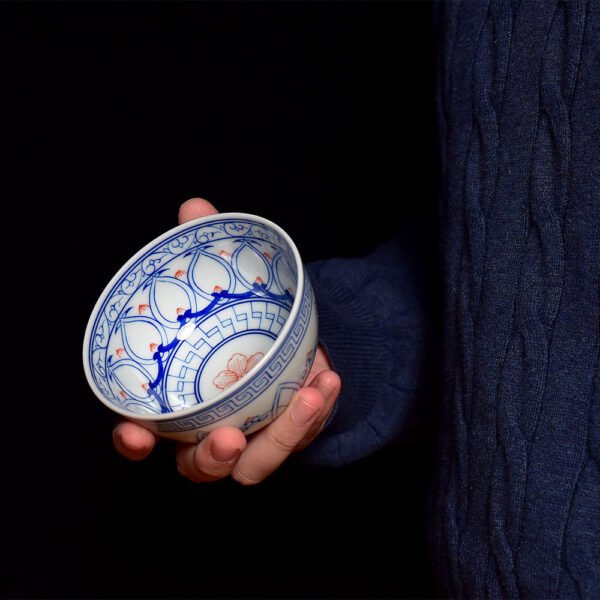
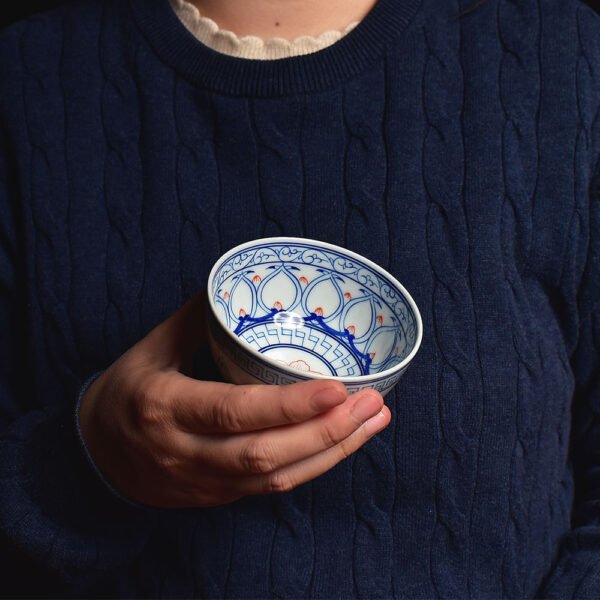
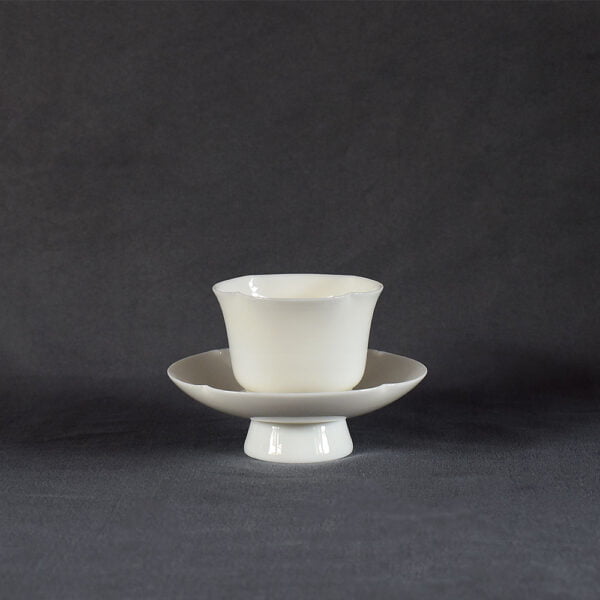
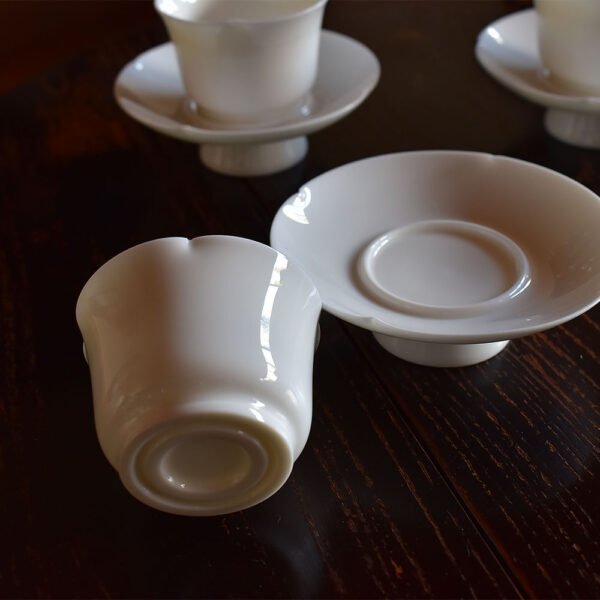
There are no reviews yet.